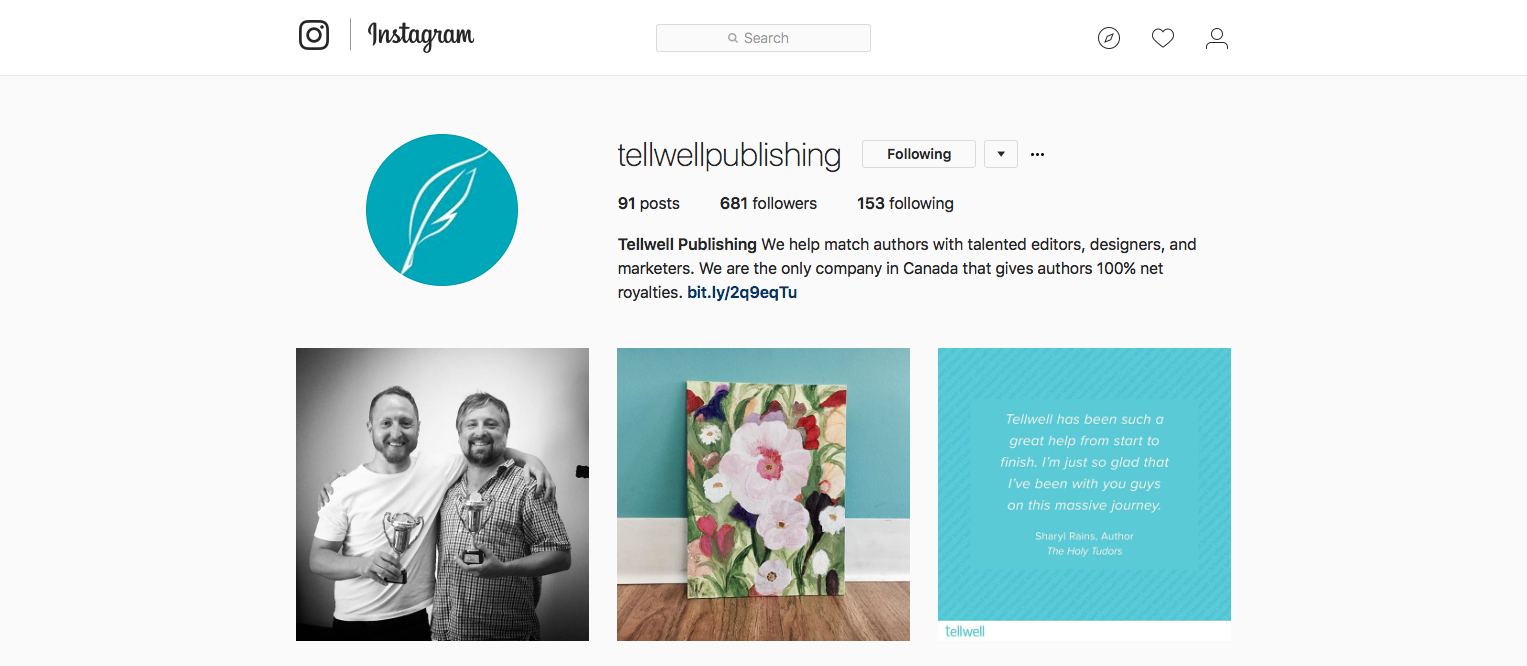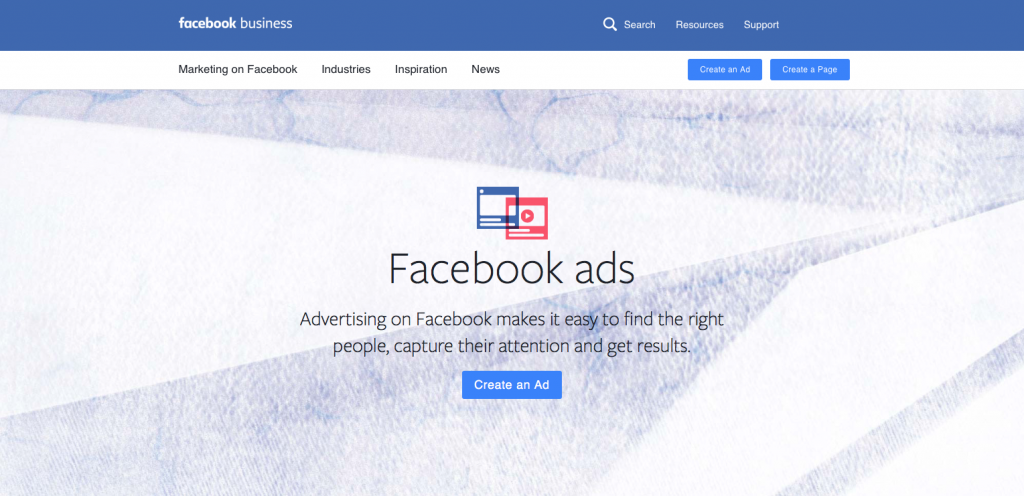Take a Number: Understanding Tellwell’s Production Queues
Unlike the majority of New Yorkers, your Average Andy doesn’t love waiting in line. Rarely does a person wake up, stretch, rollover and think, “I know, I’m going to wait in line for something today.”
Waiting in line — or “queueing” as our tea loving friends across the pond so fondly refer to it as — is no one’s favourite part of their day, and yet we do it. Constantly. Every day.
And while we know you’re not always thrilled about it, it’s an integral part of our process here at Tellwell. It’s how we keep ourselves organized, manage workloads and make sure our services are provided to authors in a fair and timely manner.
The queue system is applied to services from illustrations and editing through to design and distribution.
Nearly every member of our production team has a queue that project managers use to assign projects and it’s important that we have every element in place before we add authors to a queue. If a project manager throws an author into design before they have all their images selected or haven’t completed their design questionnaire, it adds a lot of unnecessary time to the designers’ workload. One missed piece of the puzzle can hold up the whole process, and the more often this happens, the more likely our turnaround times are to be negatively affected.
It might seem like we’re being nit-picky, but we do it to every authors, so please don’t feel like you’re being singled out. Each project manager goes over their authors’ project assets to makes sure everything is accounted for. Things like editor and design questionnaires give our team insight into you as an author, what your goals are, and how we can best help you produce an amazing finished product.







